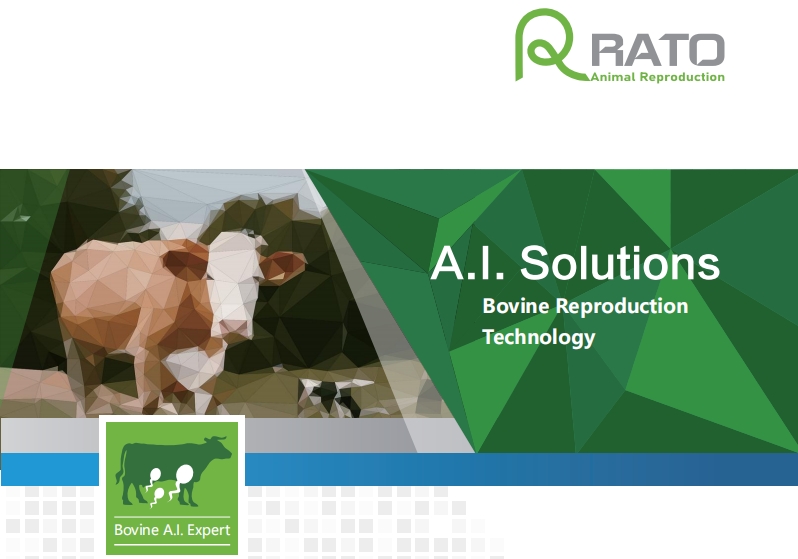How to Improve the Conception Rate of Artificial Insemination in Beef Cattle
Artificial insemination (AI) is one of the most effective reproductive technologies in modern animal breeding. In beef cattle production, AI helps prevent disease transmission, accelerates genetic improvement, and enhances herd productivity. However, achieving a high conception rate depends on multiple factors related to cow health, nutrition, semen quality, and the correct use of AI equipment such as AI guns, semen thawing cups, and liquid nitrogen tanks.
1. Cow Condition and Health
The physical and reproductive health of the cow is the foundation of successful insemination. Cows that are too thin or overweight show reduced fertility. Maintaining a moderate body condition score (5–7 on a 9-point scale) supports normal ovulation and embryo development.
Hygienic calving environments, proper postpartum recovery, and minimal stress are essential for preventing reproductive diseases. Farmers should conduct a uterine health check around 21 days after calving to identify and treat inflammation early, ensuring the cow is ready for the next breeding cycle.
2. Nutrition and Feeding Management
Balanced nutrition is key to improving reproductive efficiency. Deficiencies in minerals such as zinc, selenium, phosphorus, and calcium can lead to irregular heat cycles, low conception rates, and even miscarriages. The diet should maintain a calcium-to-phosphorus ratio of about 1.5:1 and include sufficient vitamins—especially vitamin E—to prevent retained placenta and promote uterine recovery.
Adopting Total Mixed Ration (TMR) feeding or supplementing with mineral premixes ensures cows receive the nutrients necessary for healthy reproduction. Overfeeding protein or energy should be avoided, as it may lead to obesity and decreased fertility.
3. Semen Quality and Storage
The success of animal artificial insemination relies heavily on semen quality. Frozen semen should meet standards for sperm motility, morphology, and viability. During storage, liquid nitrogen tanks must be kept clean, dry, and in shaded, well-ventilated areas. Regularly monitor nitrogen levels, prevent frost buildup, and check for leaks to avoid semen damage. Tanks should be cleaned annually and maintained according to technical guidelines.
Post time: Oct-20-2025



